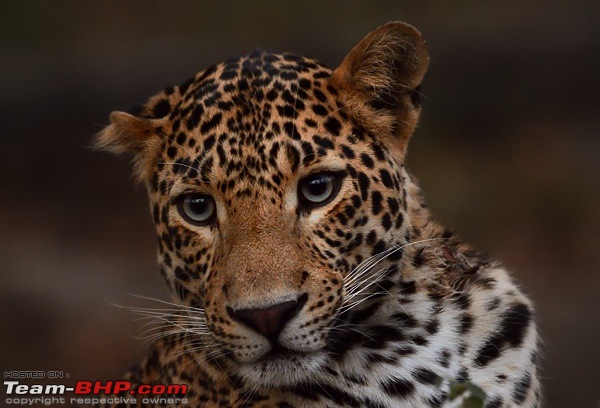Quote:
Originally Posted by nilanjanray  Thanks for the lucid post, I am sure will help many.
I was arguing about how deep one needs to go, not about the basics... |
A basic working knowledge of these principles is good to have for 'advanced amateurs' That's how I feel. Of course, its a personal choice.
E.g. If I know that each stop is "twice" the exposure of the previous one, or say, about the inverse square law of lighting, then it allows us to understand how to 'adjust' exposure quickly or how much flash power is required. Most importantly it allows us to understand the tonality, the general illuminance or the contrast of the scene in front of us. It is slow progress in the beginning but speeds up later. An old trick is to meter your hand vis-a-vis a grey card and always know how many stops + or - your hand is. Then you always have your 18% grey card (adjusted to your complexion) with you!
Quote:
Originally Posted by Samurai  |
Here is what I understand I would do for this shot (a lovely, well exposed shot, BTW):
1. Matrix / Evaluative metering: black car will dominate the frame and photo will overexpose. You have to add exposure compensation accordingly.
2. Spot metering (using '0') on car might also overexpose as black bonnet is definitely darker than zone V (18% grey).
3. We analyse the scene and realise that brightest spot is some of the highlights on the headlamps and the white sticker on the windshield. Darkest is the part of the bumper under shadow below the number plate. We can probably afford to lose details in both areas.
4. You check the spot metering in the interiors of the car and some of the large parts of the car which are dark. You also check for the sky and some reflections in the water. Adjust to retain detail in both areas.
5. You shoot.
6. You can also by-pass all the above and shoot by bracketing...
7. Or by using exposure compensation based out of experience.
By all these (and other) ways one can reach the same results. Up to 2 stops of correction can easily be dialed in while doing post-processing.
please correct me if I am wrong anywhere in the above.
Zone has been terribly criticised for being slow and tedious and irrelevant as well. So if you can achieve without it, equally great.
Quote:
Originally Posted by Samurai  The most advanced expert I know (Rudra Sen), says you need to underexpose even for digital shots. It is easier to recover from shadows than whiteout. I have found it to be true. |
Like nilanjan mentioned, ETTR is about capturing maximum information on the right hand side of the histogram (zone V, VI, VII) because of better signal to noise ratio (but keeping highlights from blowing). One can adjust exposure later according to creative requirements (i.e.reduce if photo is overexposed). One can call ETTR as "always over-expose as much as possible without losing highlights, then adjust in processing". It is also a subtle application of zone by trying to retain as much detail as possible.









 . I would shoot a little differently with a D7100 (my camera) vs a rented D810, given the latter's capabilities. One can't pull up shadows with a D7100 too much, leads to banding. Here is what I would do - I would quickly take a couple of shots, see if what I am getting is what I wanted (keeping the post processed, end photo in mind), and make appropriate adjustments. Takes a few seconds.
. I would shoot a little differently with a D7100 (my camera) vs a rented D810, given the latter's capabilities. One can't pull up shadows with a D7100 too much, leads to banding. Here is what I would do - I would quickly take a couple of shots, see if what I am getting is what I wanted (keeping the post processed, end photo in mind), and make appropriate adjustments. Takes a few seconds. 

